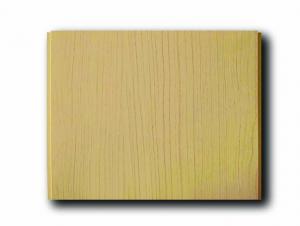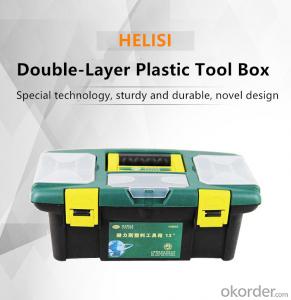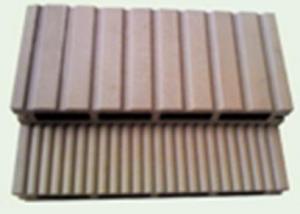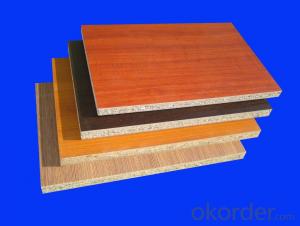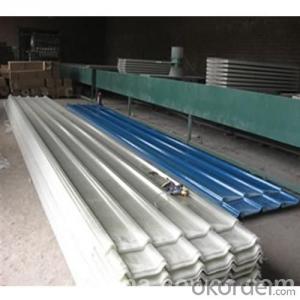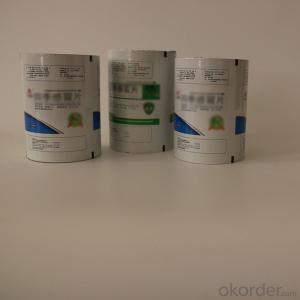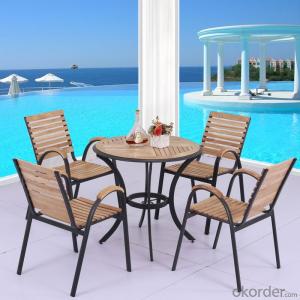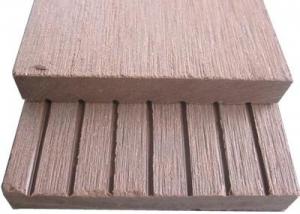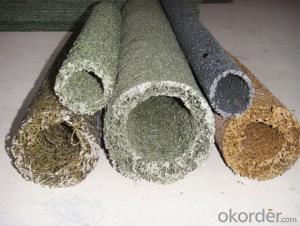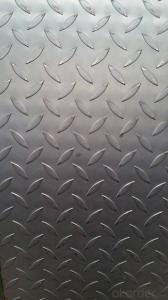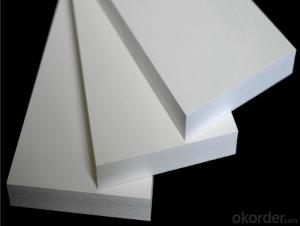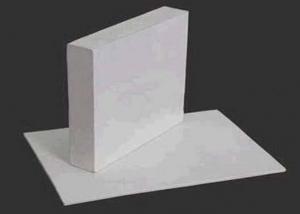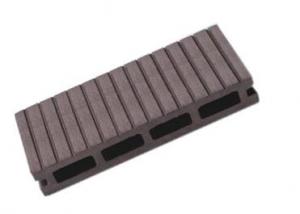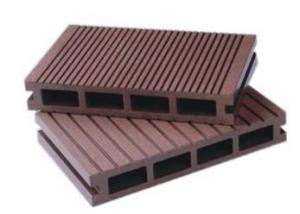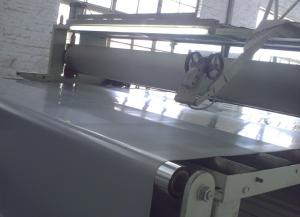Hard Plastic Sheets 4X8
Hard Plastic Sheets 4X8 Related Searches
Primer For Galvanized Steel H S Code For Stainless Steel Wd 40 For Stainless Steel Spray Paint For Stainless Steel Drill Bits For Stainless Steel Sponge For Stainless Steel Caulking For Stainless Steel Steel Vessels For Kitchen Best Solar Inverter For Home Led Table Lamps For HomeHot Searches
Steel Mesh Panels For Sale Price For Stainless Steel Scrap Scrap Price For Stainless Steel Cheap High Tea Sets For Sale Stainless Steel Tanks For Sale High Density Fiberboard For Sale Solar Hot Water Collectors For Sale Scaffolding For Sale In Uae Scaffolding For Sale In Ireland Scaffolding For Sale In Houston Type Of Inverter For Solar Price Of Shipping Containers For Sale Stock Price For Aluminum Used Solar Inverter For Sale Portable Led Signs For Sale Stone Hot Water Bottles For Sale Large Led Screens For Sale Used Aluminum Scaffolding For Sale 1/4 Aluminum Plate For Sale Pvc Chairs For SaleHard Plastic Sheets 4X8 Supplier & Manufacturer from China
Okorder.com is a professional Hard Plastic Sheets 4X8 supplier & manufacturer, offers integrated one-stop services including real-time quoting and online cargo tracking. We are funded by CNBM Group, a Fortune 500 enterprise and the largest Hard Plastic Sheets 4X8 firm in China.Hot Products
FAQ
- What kind of welding rod is used for 310S stainless steel?
- What kind of welding rod is used for 310S stainless steel?:310S stainless steel should be welded with ER-310 wire or A132 and 137 electrodes.
- Architectural column covers or cladding can be effectively achieved using stainless steel sheets. This material is highly durable and resistant to corrosion, making it an ideal choice for outdoor applications. It can withstand various weather conditions without deteriorating or rusting. Furthermore, stainless steel provides a sleek and modern look, improving the overall appearance of the building. In addition, architects and designers can easily fabricate and install stainless steel sheets, allowing for a wide range of design options. Overall, stainless steel sheets are an outstanding choice for architectural column covers or cladding due to their durability, resistance to corrosion, aesthetic appeal, and ease of installation.
- Yes, stainless steel sheets can be used for kitchen sinks. Stainless steel is a popular and durable material choice for kitchen sinks due to its resistance to corrosion, heat, and staining. It is also easy to clean and maintain, making it a suitable option for a kitchen sink.
- Yes, stainless steel sheets can be used for water tanks. Stainless steel is highly resistant to corrosion and can withstand the demands of storing water. It is a common material choice for water tanks due to its durability, hygiene, and longevity.
- Yes, stainless steel sheets can be used in medical equipment. Stainless steel is a popular material choice for medical equipment due to its corrosion resistance, durability, and easy maintenance. It is commonly used in surgical instruments, medical devices, hospital furniture, and other medical applications.
- To determine the hardness of stainless steel sheets, there are a few methods you can use. One common method is the Rockwell hardness test, which measures the depth of penetration of an indenter into the material. The Rockwell scale has different scales depending on the material, so you will need to use the appropriate scale for stainless steel. To perform the Rockwell hardness test, you will need a Rockwell hardness tester and a diamond or tungsten carbide indenter. Start by placing the stainless steel sheet on a flat, stable surface. Then, position the indenter on the surface of the sheet and apply a minor load. Once the minor load is applied, proceed to apply the major load until it reaches its maximum value. Once the load has been applied and released, the hardness value will be displayed on the Rockwell hardness tester's dial or digital display. This value corresponds to a specific hardness scale, such as HRC for stainless steel. It is important to note that the Rockwell hardness test provides a relative measurement of hardness and does not necessarily reflect the material's physical properties. Additionally, the hardness of stainless steel can vary depending on factors such as the alloy composition, heat treatment, and manufacturing process. Therefore, it is recommended to consult the material's specifications or conduct additional tests to obtain more accurate and comprehensive information about the stainless steel sheet's hardness.
- Indeed, storage tanks can absolutely utilize stainless steel sheets. Stainless steel possesses a remarkable level of resistance to corrosion, rendering it an excellent material for the storage of a wide range of substances, such as chemicals, liquids, and gases. Its exceptional durability guarantees an extended lifespan for the storage tank, thereby minimizing the likelihood of leaks or contamination. Moreover, stainless steel tanks are effortless to clean and maintain, making them particularly suitable for industries like food and beverage, pharmaceuticals, and wastewater treatment. Furthermore, stainless steel is non-reactive, meaning it does not react with the stored substances, thus ensuring the integrity and quality of the materials being stored. All in all, stainless steel sheets serve as a dependable and versatile option for storage tank applications.
- Indeed, it is possible to cold roll stainless steel sheets. The cold rolling process involves passing a stainless steel sheet through a sequence of rollers at ambient temperature, leading to a decrease in thickness and an augmentation in both hardness and strength. By employing this technique, one can create stainless steel sheets with accurate measurements and impeccable surface textures. Cold rolling is widely utilized in the production of stainless steel sheets, catering to diverse sectors including automotive parts, kitchen devices, and architectural constructions.





